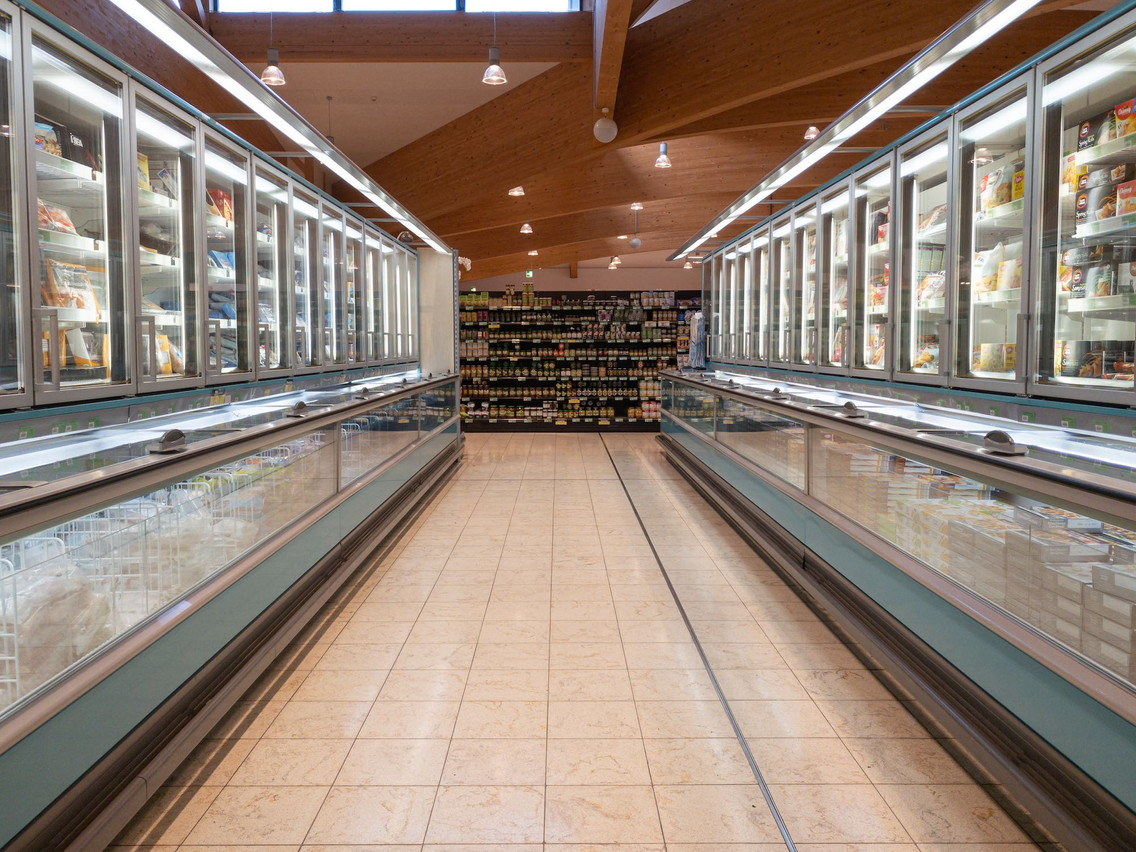The cost of food and non-alcoholic beverages rose by 0.9% in January 2022 and was 2.9% higher compared to January 2021. . How does Statec, Luxembourg’s statistics bureau, collect prices for its consumer cost calculations? Statec has two sources: it polls retailers and uploads checkout scanner data.
Retailer survey
Price collectors check prices “by visiting the different retailers in our sample, or by contacting them by mail or telephone,” Marc Ferring, head of unit, consumer prices at Statec, told Delano earlier this month. “In that way, almost 8,000 prices enter our calculation system for the consumer price index.”
The survey-takers are not secret shoppers. “The price collectors have to announce that they are working for Statec and that they are collecting prices for the consumer price index,” said Ferring. “For some shops, price collectors fix an appointment, typically for clothing shops, as this survey is more time consuming.”
They record listed prices, which could exclude certain coupons and promotions. “In the shop, the price collectors note the price on the shelf,” explained Ferring. “We are not buying all the articles, otherwise the survey would be really expensive!”
The statistics bureau targets a broad range of retailers. “Currently there are over 500 different shops in the sample.” Under a 2011 , retailers in the grand duchy are “required to provide the statistical information requested by Statec.” At the same time, “Statec guarantees the non-disclosure of confidential data during the dissemination of statistical results.”
Scanner data
“Since , Statec has been using scanner data from different retailers” for its calculations. The transaction data covers food and non-alcoholic beverages, excluding “strongly seasonal products” such as “fresh fish and fresh vegetables”.
Initially “around 12,000 products per month entered the production system, so that in total, the CPI used almost 20,000 prices per month.” In , Statec started collecting scanner data on “around 34,000 products each month”.
This year, “additional retailers have been added to the coverage of scanner data, so that around 60,000 products from that data source enter the production system”. That means 2022 inflation figures will be based on the prices of roughly 68,000 items. “We plan to further extent the coverage of scanner data in the upcoming years.”
Consumer price index
After collecting price points, Statec goes to work on crunching inflation figures. Each individual item is weighted to reflect a real household’s budget. (For example, most consumers buy milk more often than they do caviar.)
Ferring said: “The of the consumer price index is updated annually by Grand-Ducal regulation on the advice of the Economic and Social Council (CES) and the Consumer Price Index Commission to reflect the consumption changes. Each position of goods or services is weighted according to the share it represents in the final consumption expenditure of households.”
